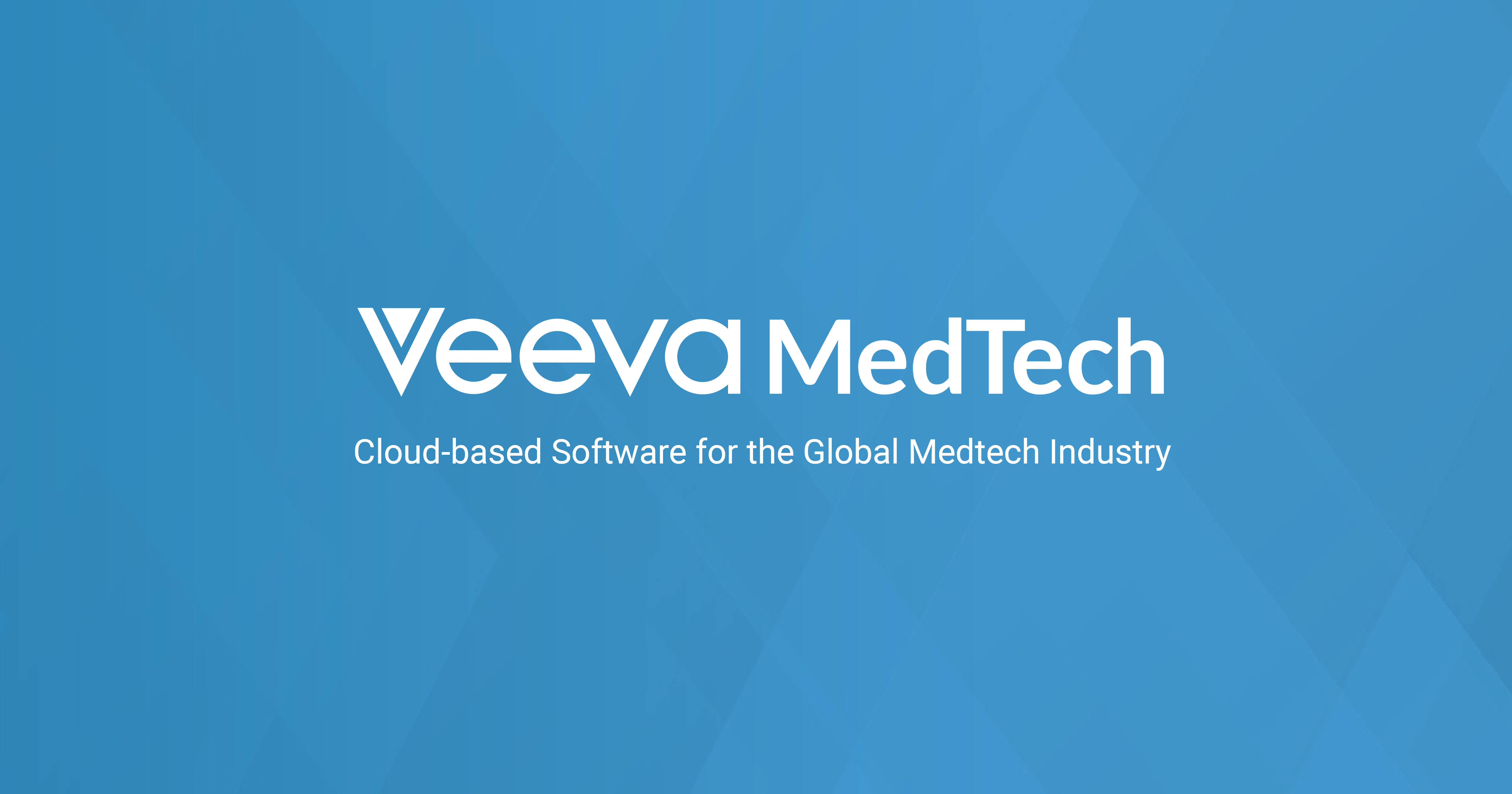Augmented non-hallucinating large language models as medical information curators

Schulze-Kremer, S. & Smith, B. Ontologies for the life sciences in Encyclopedia of Genetics, Genomics, Proteomics and Bioinformatics, Vol. 4 (John Wiley and Sons, New York and London, 2005).
Hu, X. In Computational Systems Biology (eds. Kriete, A. & Eils, R.) Ch. 3 (Academic Press, Burlington, 2006).
Moy, A. J. et al. Measurement of clinical documentation burden among physicians and nurses using electronic health records: a scoping review. J. Am. Med. Inform. Assoc. 28, 998–1008 (2021).
Google Scholar
Welzel, C. et al. Holistic human-serving digitization of health care needs integrated automated system-level assessment tools. J. Med. Internet Res. 25, e50158 (2023).
Google Scholar
Lehne, M., Sass, J., Essenwanger, A., Schepers, J. & Thun, S. Why digital medicine depends on interoperability. npj Digit. Med. 2, 1–5 (2019).
Google Scholar
Donnelly, K. SNOMED-CT: The advanced terminology and coding system for eHealth. Stud. Health Technol. Inform. 121, 279–290 (2006).
Google Scholar
Köhler, S. et al. The human phenotype ontology in 2021. Nucleic Acids Res. 49, D1207–D1217 (2021).
Google Scholar
Kreuzthaler, M., Brochhausen, M., Zayas, C., Blobel, B. & Schulz, S. Linguistic and ontological challenges of multiple domains contributing to transformed health ecosystems. Front. Med. 10, 1073313 (2023).
Google Scholar
Newman-Griffis, D. et al. Ambiguity in medical concept normalization: an analysis of types and coverage in electronic health record datasets. J. Am. Med. Inform. Assoc. 28, 516–532 (2020).
Google Scholar
Hogan, A. et al. Knowledge graphs. ACM Comput. Surv. 54, 1–71 (2021).
Google Scholar
Chen, J. et al. Knowledge graphs for the life sciences: recent developments, challenges and opportunities. arXiv 5, 1–5 (2023).
Hahn, U. & Oleynik, M. Medical information extraction in the age of deep learning. Yearb Med. Inform. 29, 208–220 (2020).
Google Scholar
Min, B. et al. Recent advances in natural language processing via large pre-trained language models: a survey. ACM Comput. Surv. 56, 1–40 (2024).
Google Scholar
Jiang, L. Y. et al. Health system-scale language models are all-purpose prediction engines. Nature 619, 357–362 (2023).
Google Scholar
Clusmann, J. et al. The future landscape of large language models in medicine. Commun. Med. 3, 1–8 (2023).
Google Scholar
Manning, C. D. Human language understanding & reasoning. Daedalus 151, 127–138 (2022).
Google Scholar
Liao, L., Yang, G. H. & Shah, C. Proactive conversational agents in the post-chatGPT world. in Proceedings of the 46th International ACM SIGIR Conference on Research and Development in Information Retrieval 3452–3455 (Association for Computing Machinery, NY, 2023).
Truhn, D., Reis-Filho, J. S. & Kather, J. N. Large language models should be used as scientific reasoning engines, not knowledge databases. Nat. Med. 29, 2983–2984 (2023).
Google Scholar
Truhn, D. et al. Extracting structured information from unstructured histopathology reports using generative pre-trained transformer 4 (GPT-4). J. Pathol. 265, 310–319 (2023).
Truhn, D. et al. A pilot study on the efficacy of GPT-4 in providing orthopedic treatment recommendations from MRI reports. Sci. Rep. 13, 20159 (2023).
Google Scholar
Giuffrè, M., You, K. & Shung, D. L. Evaluating chatGPT in medical contexts: the imperative to guard against hallucinations and partial accuracies. Clin. Gastroenterol. Hepatol. S1542-3565, 00835–2 (2023).
Gilbert, S., Harvey, H., Melvin, T., Vollebregt, E. & Wicks, P. Large language model AI chatbots require approval as medical devices. Nat. Med. 29, 2396–2398 (2023).
Munn, L., Magee, L. & Arora, V. Truth machines: synthesizing veracity in AI language models. AI & Soc. (2023).
Pan, J. Z. et al. Large language models and knowledge graphs: opportunities and challenges. In Special Issue on Trends in Graph Data and Knowledge. Transactions on Graph Data and Knowledge (TGDK). 1, 2:1-2:38, Schloss Dagstuhl – Leibniz-Zentrum für Informatik (2023) (2023).
Cenikj, G. et al. From language models to large-scale food and biomedical knowledge graphs. Sci. Rep. 13, 7815 (2023).
Google Scholar
Chandak, P., Huang, K. & Zitnik, M. Building a knowledge graph to enable precision medicine. Sci. Data. 10, 67 (2023).
Google Scholar
Rajabi, E. & Etminani, K. Knowledge-graph-based explainable AI: a systematic review. J. Inf. Sci. (2022).
Guo, Q., Cao, S. & Yi, Z. A medical question answering system using large language models and knowledge graphs. Int. J. Intelligent Syst. 37, 8548–8564 (2022).
Google Scholar
Wornow, M. et al. The shaky foundations of large language models and foundation models for electronic health records. npj Digit. Med. 6, 1–10 (2023).
Google Scholar
Howell, M. D., Corrado, G. S. & DeSalvo, K. B. Three epochs of artificial intelligence in health care. JAMA 331, 242–244 (2024).
Google Scholar
Zakka, C. et al. Almanac—retrieval-augmented language models for clinical medicine. NEJM AI. (2024).
link







